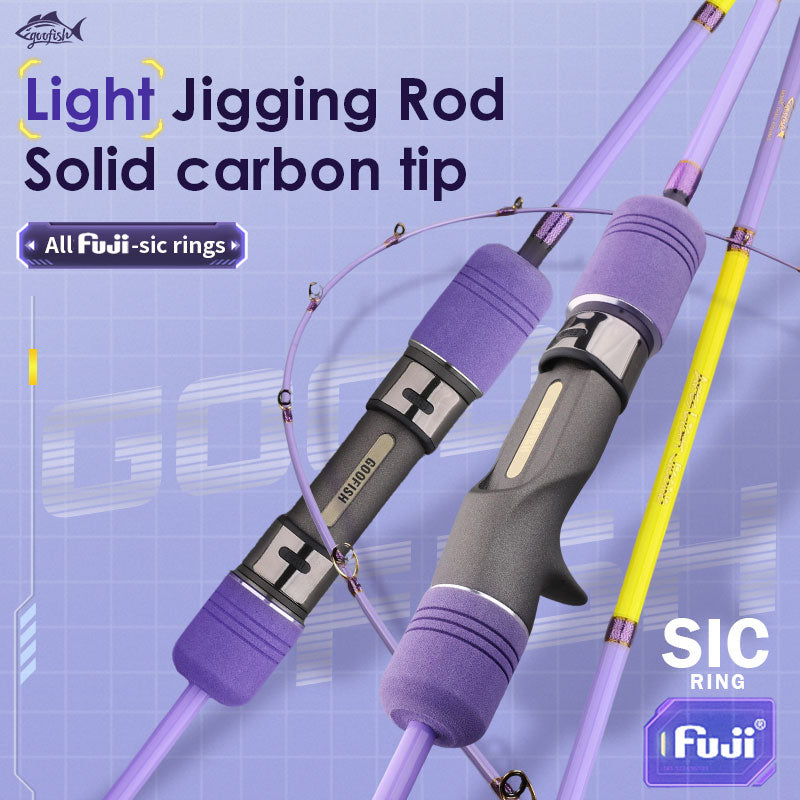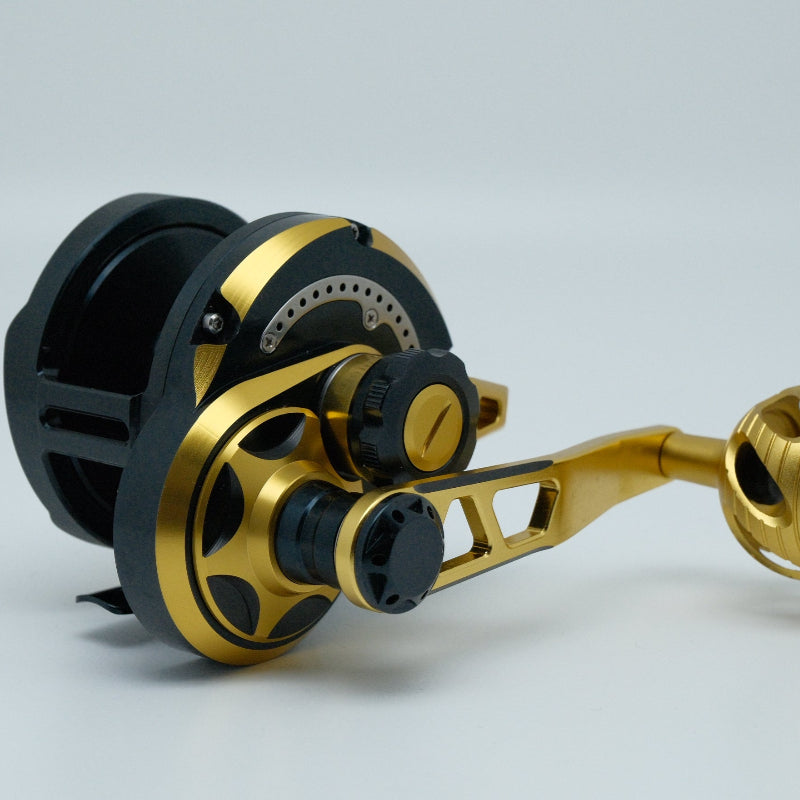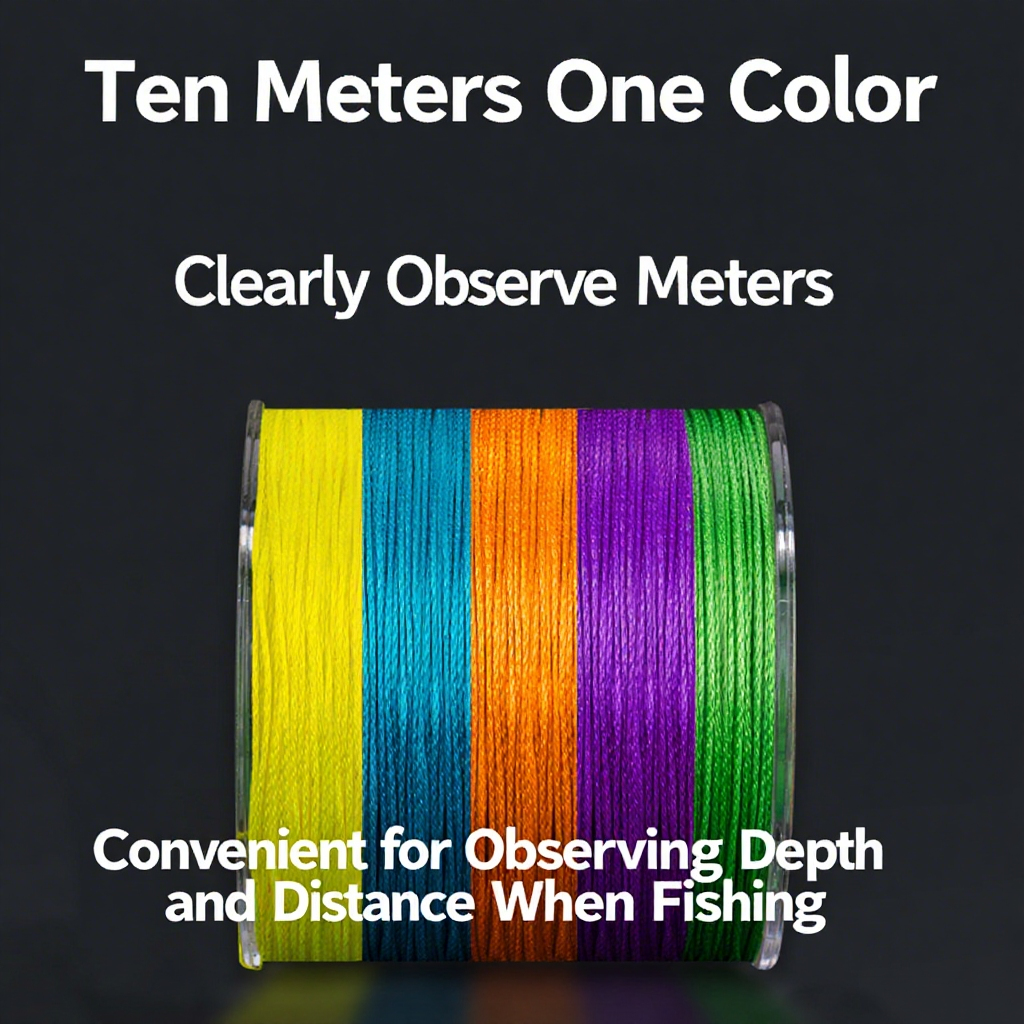Extend Your Baitcast Reel’s Lifespan: 10 Overlooked Maintenance Tips (with Tool List)
Fishing is a passion that thrives on reliability—especially when you rely on your baitcast reel to deliver precision casts and smooth retrieves. Yet, even the most high-performance tools suffer wear and tear without proper care. In this guide, we’ll dive into 10 often-overlooked maintenance hacks to keep your baitcast reel in top condition, whether you’re a weekend angler or a proficiency baitcaster aiming for perfection. Plus, we’ll share the essential tools to make every maintenance session a breeze.
Why Maintenance Matters for Your Baitcast Reel
A well-maintained baitcast reel casts farther, retrieves smoother, and resists corrosion, even in saltwater conditions. Neglecting upkeep can lead to jammed spools, worn gears, or worse: costly replacements. Whether you own a right-handed baitcaster or a specialized surf casting reel, these tips apply to all models, ensuring long-term performance.
10 Essential Maintenance Tips for Your Baitcast Reel
1. Deep Clean After Every Saltwater Adventure
Saltwater is corrosive, so rinsing your reel with fresh water is non-negotiable. Use a soft brush (like an old toothbrush) to scrub between gears, around the spool, and under the drag star. For stubborn salt deposits, mix a solution of warm water and mild dish soap, then wipe down with a microfiber cloth. Pro tip: Dry thoroughly with a hairdryer on low heat to prevent moisture buildup.
2. Lubricate Gears and Bearings Strategically
Over-lubrication attracts dirt and grime, while under-lubrication causes friction. Focus on high-friction areas: the main gear, pinion gear, and ball bearings. Use a high-quality reel-specific lubricant (avoid WD-40, which dries quickly). Apply a tiny drop to each bearing with a hypodermic needle for precision. Your baitcast reel will thank you with whisper-quiet operation.
3. Inspect and Replace Worn Spool Bearings
A loose or noisy spool is often a sign of worn bearings. To check, spin the spool—any wobbling or grinding means it’s time for replacement. Use a reel bearing puller to remove old bearings safely, then install new ones of the correct size. Upgrading to ceramic bearings (if compatible) reduces friction and extends life.
4. Adjust the Drag System for Your Target Species
An improperly set drag can strain your reel’s internal components. Start by testing the drag before each trip: tie a weight equal to your target fish and slowly pull line. Adjust the drag knob until it slips at about 25% of the fish’s breaking strength. For surf casting reel users, a slightly looser drag helps absorb wave surges without snapping the line.
5. Prevent Spool Slippage with Anti-Slip Coatings
If your spool slips during high-speed retrieves, apply a thin layer of reel spool tape (or electrical tape) to the underside. This creates friction without affecting casting performance. For saltwater surf casting, opt for marine-grade tape to resist corrosion.
6. Protect Your Right-Handed Baitcaster from Moisture
Even freshwater anglers face humidity challenges. After each use, spray a lightweight waterproofing spray (e.g., silicone-based) on the reel’s external finish. Focus on knobs, handles, and any exposed metal parts to fend off rust and oxidation.
7. Fix Stiff Retrieval with Gear Alignment
If your reel feels “grindy” during retrieves, the gears might be misaligned. Disassemble the reel (refer to the user manual), inspect the gear teeth for wear, and realign them so they mesh evenly. A small misalignment causes big friction—this fix could save you from replacing the entire gear set.
8. Upgrade to a High-Quality Line to Reduce Strain
Cheap monofilament or braided line frays faster, stressing your spool and drag system. Invest in premium surf casting rod and reel combo-compatible line (e.g., 15-30 lb test for surf fishing) with minimal memory. Trim line regularly to remove kinks and abrasions.
9. Store Your Reel Horizontally or Upright
Leaving your reel hanging vertically or lying on its side can warp internal components over time. Store it horizontally on a reel case or rack, or upright in a dry place. For best surfcasting reels, consider a dedicated reel bag with padding to protect against impact.
10. Perform a Seasonal “Tune-Up”
Before the fishing season kicks off, give your reel a comprehensive checkup: replace the line, clean the spool, lubricate all moving parts, and test drag performance. Think of it as a “tune-up” for your most trusted fishing partner—your baitcast reel will reward you with reliability all season long.
Essential Tool List for Baitcast Reel Maintenance
- Soft-bristled brush (toothbrush or reel-specific brush)
- Mild dish soap and fresh water rinse bucket
- Reel bearing puller and installer tool
- Hypodermic needle for precise lubrication
- Spool tape or electrical tape
- Silicone-based waterproofing spray
- Scissors/cutter for line trimming
- Reel maintenance mat (to protect surfaces from scratches)
- Small screwdrivers (for disassembling casings)
- Spare spool bearings (common sizes: 6x10mm, 6x12mm)
Final Words: Your Reel Deserves the Best Care
A proficiency baitcaster is only as good as its upkeep. By incorporating these 10 maintenance tips into your routine, you’ll maximize your reel’s lifespan, save money on replacements, and enjoy smoother, more confident casts every time you hit the water. Remember—happy reels mean happy fishing!
Ready to take your baitcast game to the next level? Share your own maintenance hacks in the comments below!











Leave a comment